Mercedes-Benz is preparing to radically reinvent the V-Class as it makes the switch to electric power.
New images released by the firm show two prototypes that, although heavily camouflaged, reveal key details of the new model. Its roofline is much more rakish than that of the current van, for example, hinting that aerodynamics have taken greater priority in the switch to electric power.
Mercedes previously confirmed that the V-Class and Vito delivery van will be moving onto a bespoke architecture for electric load-carriers, named VAN.EA.
This has been designed for greater flexibility than the outgoing models’ platform, which should allow “clear differentiation” between delivery van, MPV and luxurious shuttle variants, Mercedes said.
VAN.EA is fitted with 800V electricals and a 22kW AC charger. Front-wheel-drive and four-wheel-drive powertrains will be offered, and the longest-legged variants will top 311 miles of range between charges.
Level-two autonomy (requiring driver supervision at all times) will be included at launch, with level three (allowing the van to drive itself under specific circumstances, such as low-speed traffic jams) promised for the V-Class by the end of the decade. Mercedes said it is also planning to introduce level-four autonomy (allowing the van to drive itself without driver input) for the Vito by 2030.
The new V-Class comes as the luxury van segment undergoes rapid growth in China and other East Asian markets. Geely-owned Zeekr launched its 009 van last year and followed it with the Mix, a Volkswagen ID Buzz rival. Volvo sells a restyled 009 as the EM90 and Lexus offers the hybrid LM.
“Substantial growth potential is being seen in the US for premium commercial large vans and in China for luxury private vans,” Mercedes said in a statement last year.

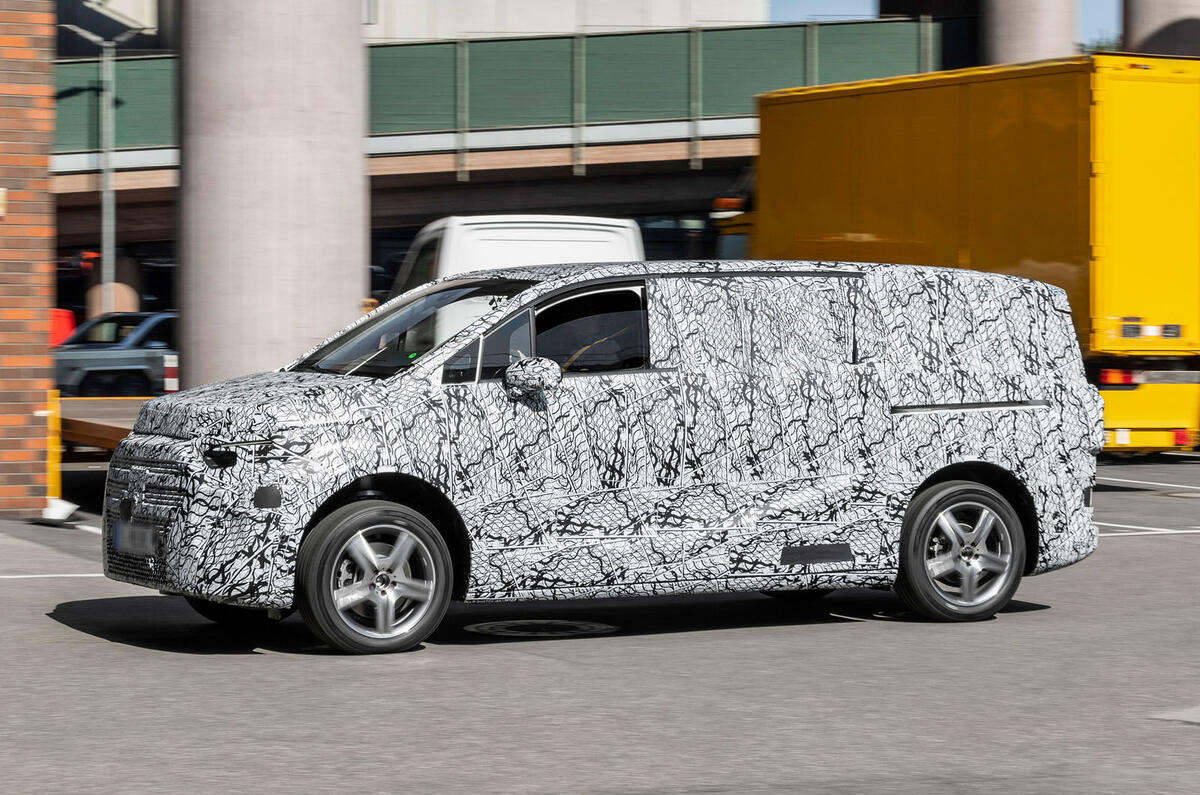
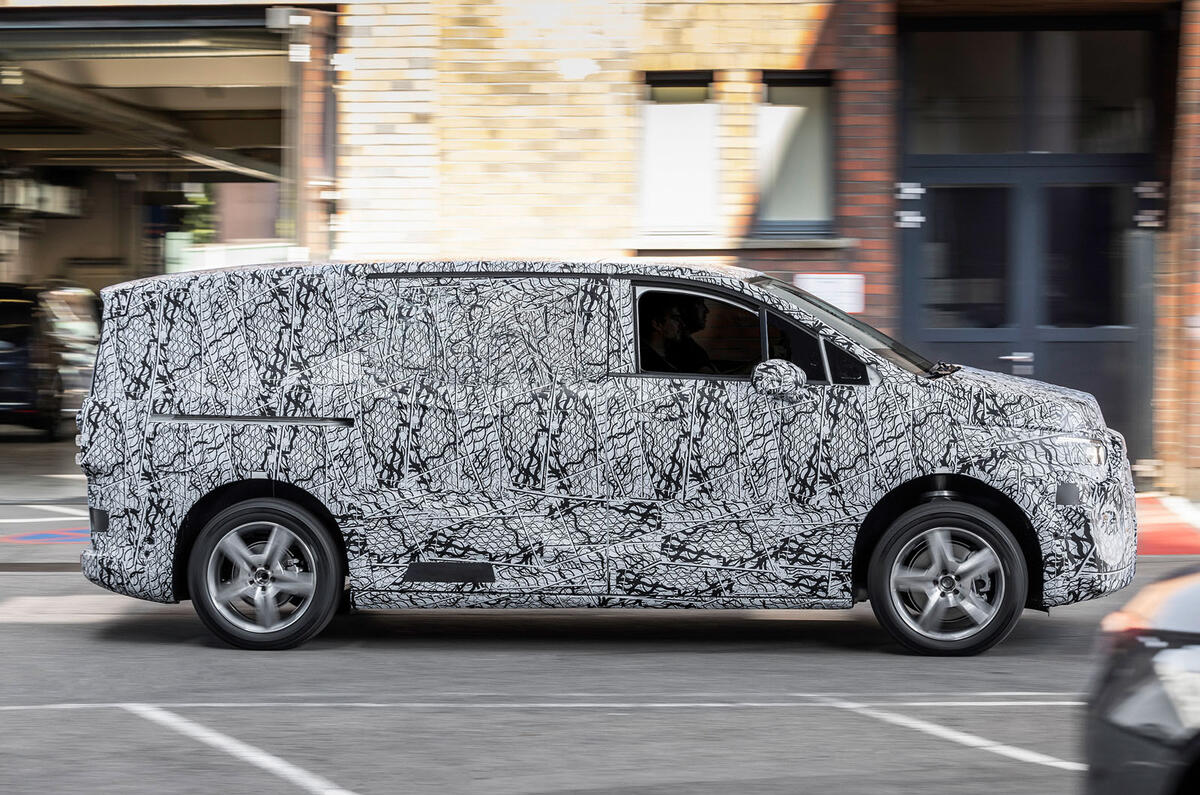
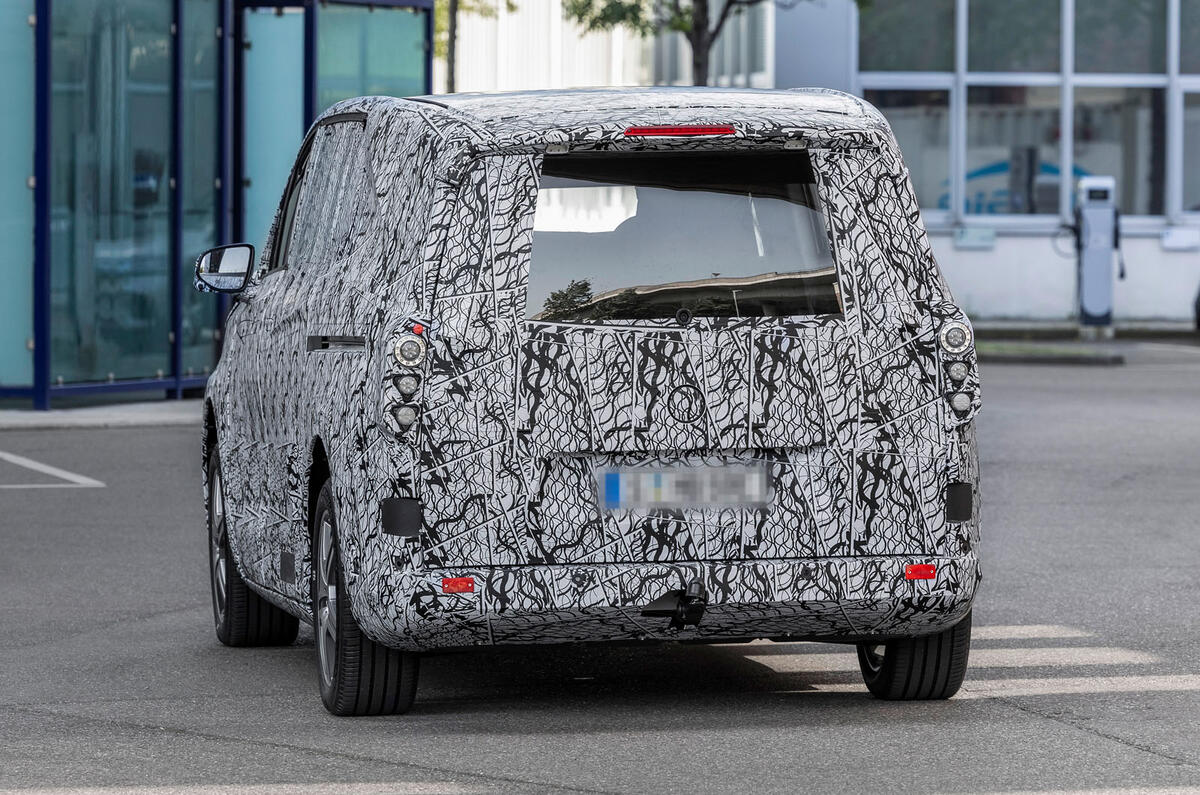
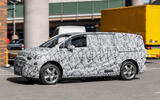
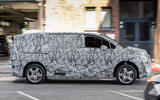







Add your comment